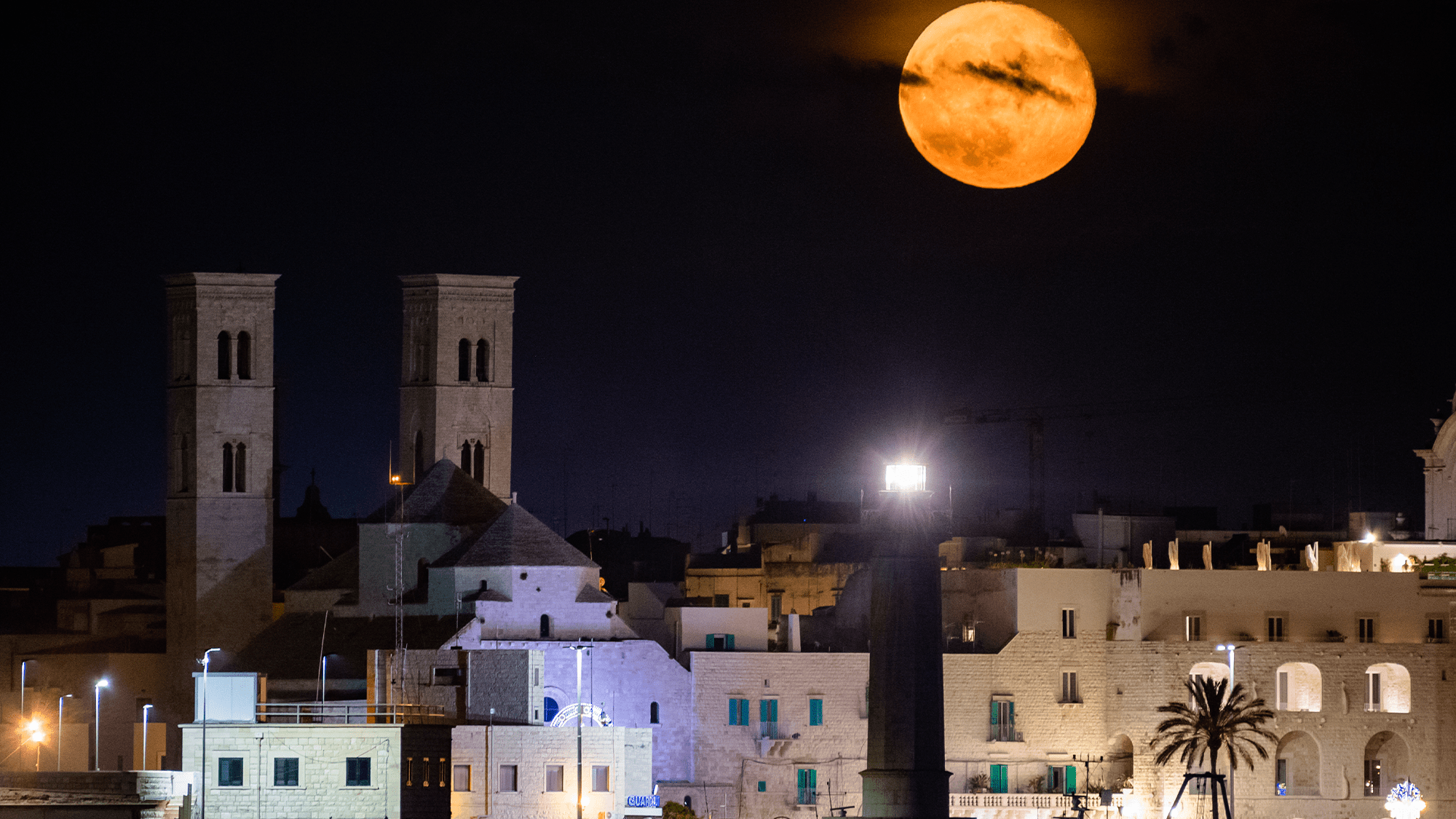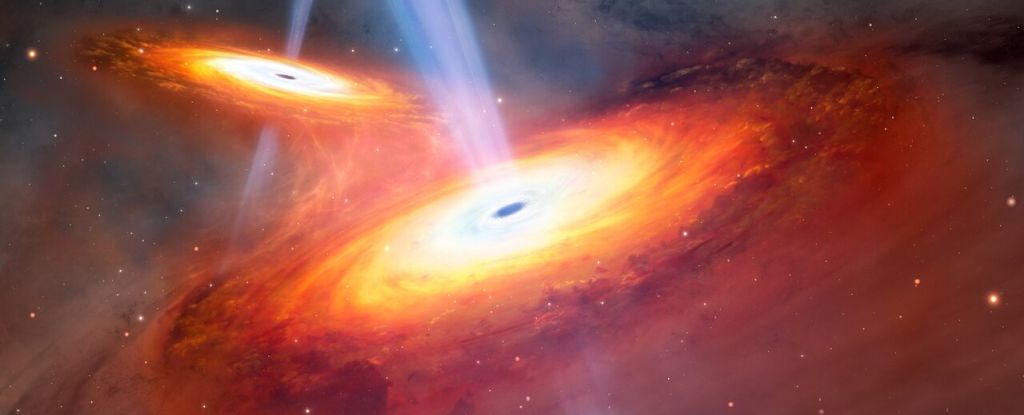Popular Science
Popular Science is a news site that focuses on reporting and explaining scientific and technological advancements to a general audience. The site covers a wide range of topics, from space exploration and artificial intelligence to consumer electronics and DIY projects. The content is presented in an engaging, accessible manner that emphasizes the real-world implications of scientific research and innovations.
100%
The Daily's Verdict
This news site is known for its high journalistic standards. It strives to maintain neutrality and transparency in its reporting, and avoids conflicts of interest. It has a reputation for accuracy and rarely gets contradicted on major discrepancies in its reporting.
Bias
100%
Examples:
- Popular Science presents information in an approachable and inclusive manner, making complex scientific and technological topics accessible to a general audience.
Conflicts of Interest
100%
Examples:
- The site occasionally reports on products and technologies developed by companies with potential conflicts of interest, such as a review of a Samsung soundbar. However, these instances do not appear to significantly influence the overall editorial direction or content of the site.
Contradictions
95%
Examples:
- Articles report on contradictions or inconsistencies within scientific studies or findings, such as the discovery of discrepancies in the age of certain fossils or the behavior of certain animal species.
Deceptions
100%
Examples:
- The site does not seem to employ any deceptive practices in its reporting.
Recent Articles

New Insights into Neanderthal Diet: Butchering Birds with Precision
Broke On: Wednesday, 24 July 2024
The Shrinking Great Red Spot of Jupiter: New Study Suggests Smaller Storms Are Starving the Iconic Anticyclonic Storm
Broke On: Wednesday, 17 July 2024
Carpenter Ants' Unique Healing Method: Amputation to Save Lives
Broke On: Tuesday, 02 July 2024
Discovering the Past of Grapes: Fossilized Seeds Shed Light on Their Evolution After Dinosaurs' Extinction
Broke On: Monday, 01 July 2024
July 2024: Celestial Events to Watch - Buck Moon, Aphelion Day, and Met shower Peaks
Broke On: Monday, 01 July 2024
New Study Provides More Accurate Age Estimate for Ancient Kyrenia Shipwreck, Revealing Insights into Mediterranean Trade during Greek and Late Antique Times
Broke On: Wednesday, 26 June 2024
Saving Frogs with DIY Heated Shelters: A Cost-Effective Solution to Fight Chytrid Fungus
Broke On: Wednesday, 26 June 2024
Scientists Grow Living Skin for Robots: Paving the Way for Self-Healing, Expressive Humanoid Robots
Broke On: Tuesday, 25 June 2024
Apple Intelligence and Vocal Shortcuts: New Features Transforming iOS 18 User Experience
Broke On: Tuesday, 18 June 2024